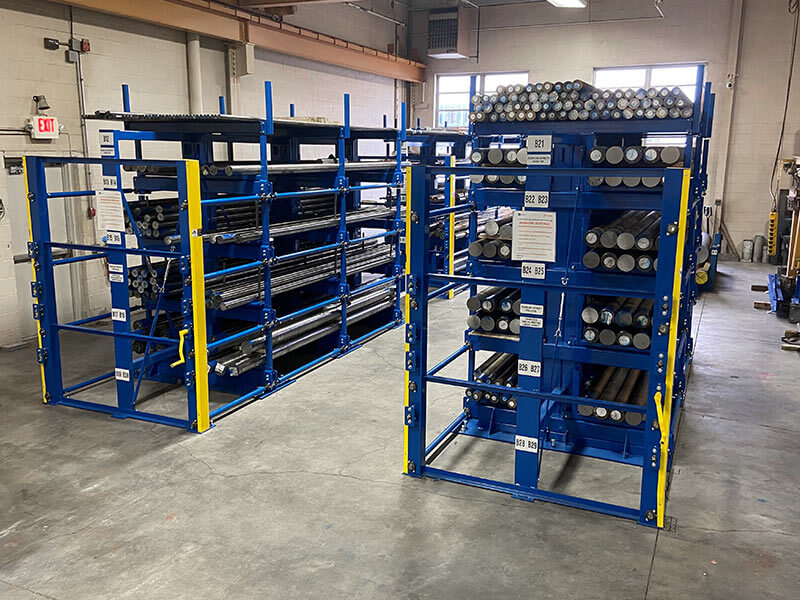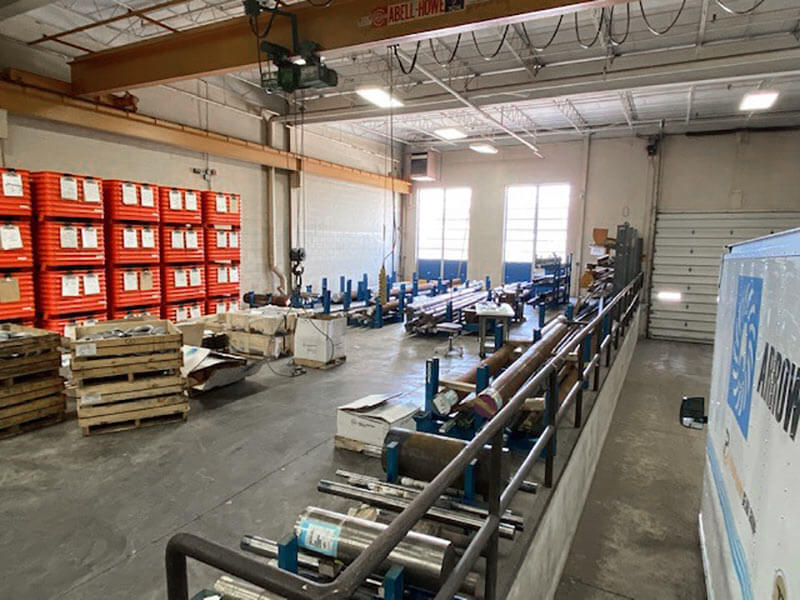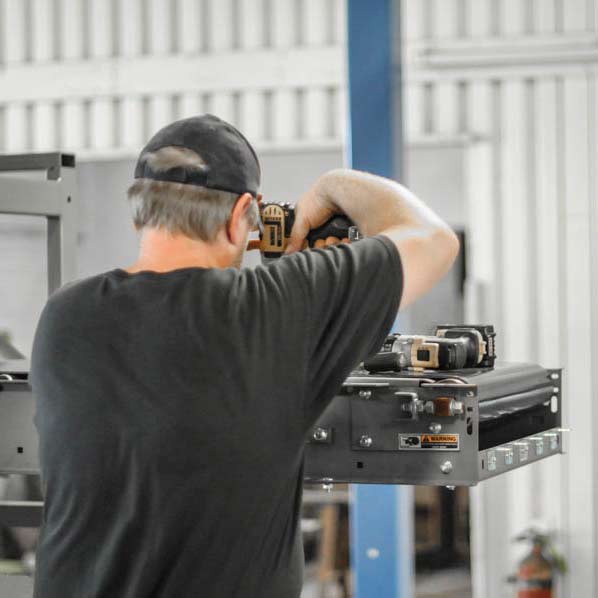Today’s post is courtesy of John Hamlin
The roll forming process uses a set of rollers placed strategically to perform incremental bending by feeding long strips of metal continuously. It is a process used to convert long strips of metal into various cross-sections or shapes. The process is performed by sets of mated rollers that change the form until the desired cross-section or shape is attained. This forming process is primarily focused on the cross-section of the metal or material. In some cases, the thickness of the material is being reduced.
Roll formed products do not only have a a high demand on material handling industries, they are also all around us, and below are some of the industries that also use these products:
- Energy and power industries
- Construction
- Industrial
- Agricultural
- Transportation/Automotive
- Other fabricated metal manufacturers
Roll Forming Process Fundamental Steps
- Decoiling – This is a process of unwinding and cutting metal from its primary coil. Typically, after the decoiling process, the metal is directly fed to a flattener or a machine that flexes/flattens the metal before proceeding to the next procedure.
- Pre-press treatment – This is an intermediate process prior to roll forming proper. It involves a flattened metal piece that undergoes press treatment to add slots, holes, or slits, depending on the product desired.
- Roll forming – This is a process by which a roll forming machine progressively shapes the material. The roll forming machine bends the metal using a set of mated rollers to guide the long strip of metal to make the desired bends.
- Cut off and discharge process – Subsequent to the roll forming process, the material will undergo a cut-off process, where the material is cut to the desired length while it is in motion. After the cutting process, the material will be discharged to a run-out table to be placed for shipment or undergo another process.
Roll Forming Secondary processes
The whole roll forming process can be either completed as the part comes off the discharge process or completed in other stations.
Secondary processing may include:
- Punching
- Tight tolerance forming and straightening
- Adding other components
- Minor assembly of parts
Metals Used in Roll Forming
Roll forming is capable of shaping any ferrous or non-ferrous metals. There are variations in the adjustment on the roll forming process’s bending stage, since there are different characteristics of metals, such as ductility and strength. These properties will indicate the amount of force needed to shape the metal.
Another characteristic of metal that should be considered in the roll forming process is the yield point, wherein every metal has its own critical value. A material’s yield point is where the material begins to change its shape permanently.
list of metals commonly used in the roll forming process
Ferrous metals:
Ferrous metals are mainly composed of iron. Ferrous metal can be easily recycled and are rust-resistant.
- Steel – This material is an alloy of iron and a relatively small percentage of carbon. It contains less than 2% of carbon to improve its strength and fracture resistance. It also contains small amounts of silicon, phosphorus, sulfur, and manganese. Steel can be easily recycled, which is why it is one of the most commonly used types of metal.
- Stainless Steel – This roll forming material is an alloy of iron with a high percentage of chromium. Stainless steel typically consists of 10-20% chromium. This type of material is very useful because of its high malleability and its corrosion resistance.
- Galvanized Steel – This material is a heat-treated metal coated with zinc. It has high corrosion resistance due to its zinc coating.
Non-ferrous metals:
Non-ferrous metals have no iron content and have higher corrosion resistance compared to ferrous materials.
- Aluminum – Aluminum is a very suitable material in the roll forming process because it is malleable, lightweight, and easily formed.
- Brass – Brass is a copper and zinc alloy and has high machinability, high malleability, and is wear-resistance.
- Copper – Copper has high electrical conductivity and has a low chemical reactivity.
- Lead – Lead is very soft, with high malleability, high ductility, and has very poor electrical conductivity. Because of its high density, lead is capable of absorbing vibrations.
Key Takeaways
Roll forming is indeed one of the fastest and most cost effective methods of producing sheet metal products of any length with accurate tolerances and dimensions. It is used by many industries due to its versatility where complex and intricate cross sections can easily be produced using ferrous and non-ferrous metals.




